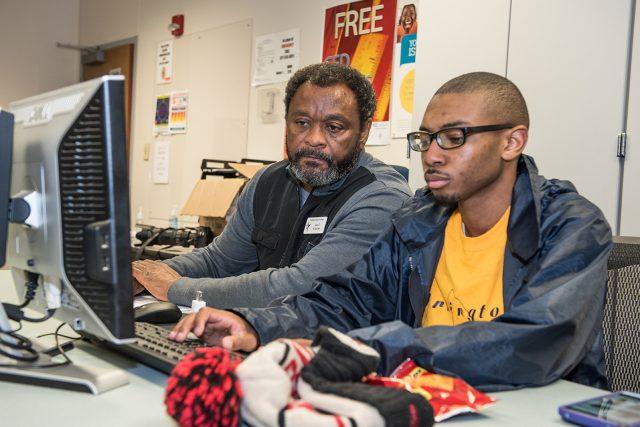By Jamil Oakford/managing editor
Toms wants people to buy a pair of shoes so they can provide a free pair to someone in need.
Thinx wants women to buy a pair of period-proof panties so they can provide menstrual pads to girls in Uganda.
WeWood makes wooden watches, and for every watch sold, it will plant a tree. That’s right: A company that kills trees to make WATCHES will plant one only if you buy their $200 watch.
Quite a few companies adhere to the Buy One, Give One (B1G1) model, and on the surface, this sounds like a great opportunity. People could feel better buying a pair of $40-$75 shoes from Toms if they knew an additional pair would be shipped off to someone in need.
Another way companies try to upsell consumers by couching their philanthropy is by asking people to donate at the grocery checkout line.
“Your total is $37.58. Would you like to donate $5 to St. Jude’s?”
Great. I’m paying $37.58 to find out I’m a trashy human being who’s too cheap to donate $5 to children battling cancer.
But these charity models can be highly deceiving. First, companies are often wrong in gauging what impoverished people need. In a 2012 New York Times piece, Sarika Bansal suggested that perhaps these B1G1 companies are guessing these people’s needs instead of knowing them. Bansal listed as an example that Toms provides shoes to children in developing areas of the world to help promote education because children cannot enter the school barefoot in these areas. In Ethiopia, one of the organizations that receives Toms donations distributes the donated shoes in schools, which means the kids receiving these donations already have shoes.
Another deceiving part of this model is that consumers are helping companies bolster their philanthropic image off of the backs of consumers. Instead of the company taking its own profits and doing some good with it, it relies on its customers to shell out dollars to prompt them to give generously. Customers are doing the heavy lifting while companies reap the benefits of a gleaming, socially-conscious image, which increases their profits.
Sadly, we cannot write off our $30 pair of period-proof underwear, the $85 pair of shoes or that $200 wooden watch.
































